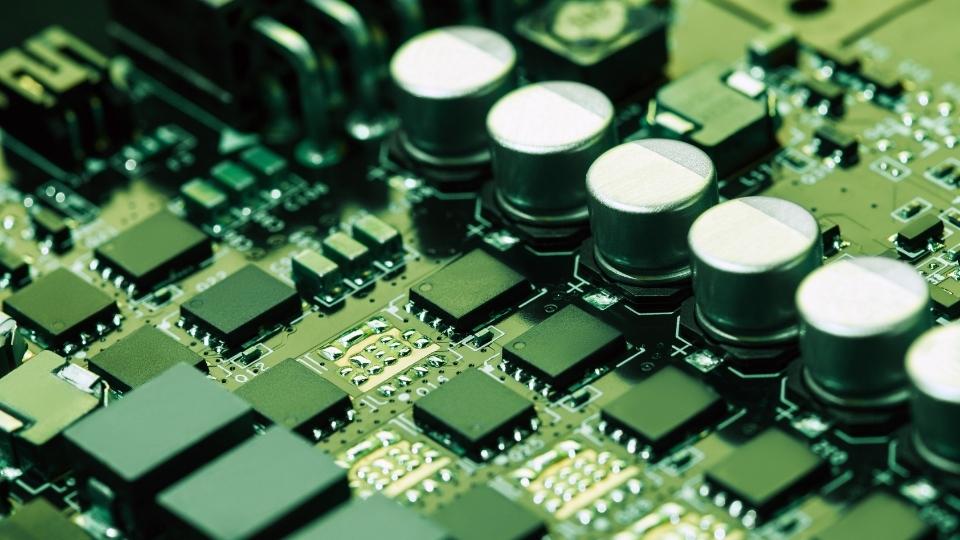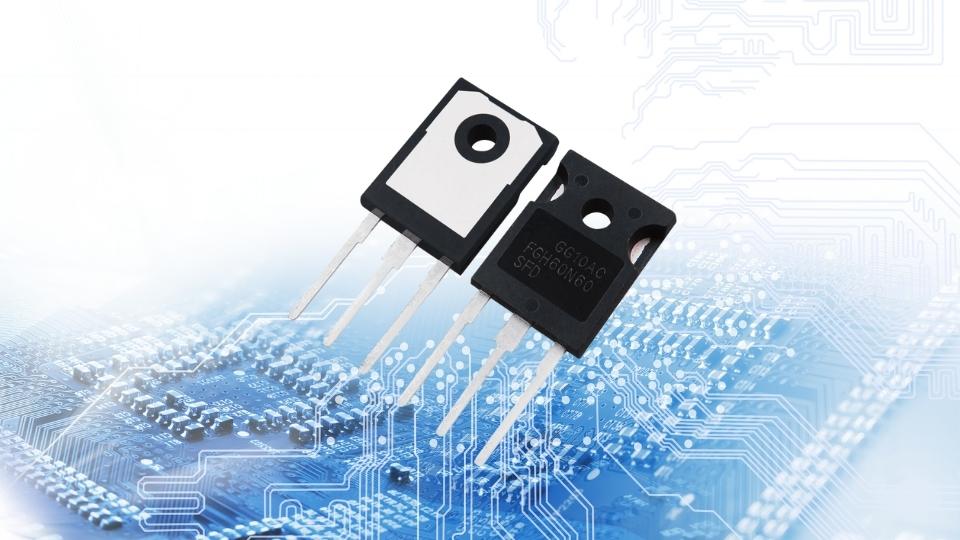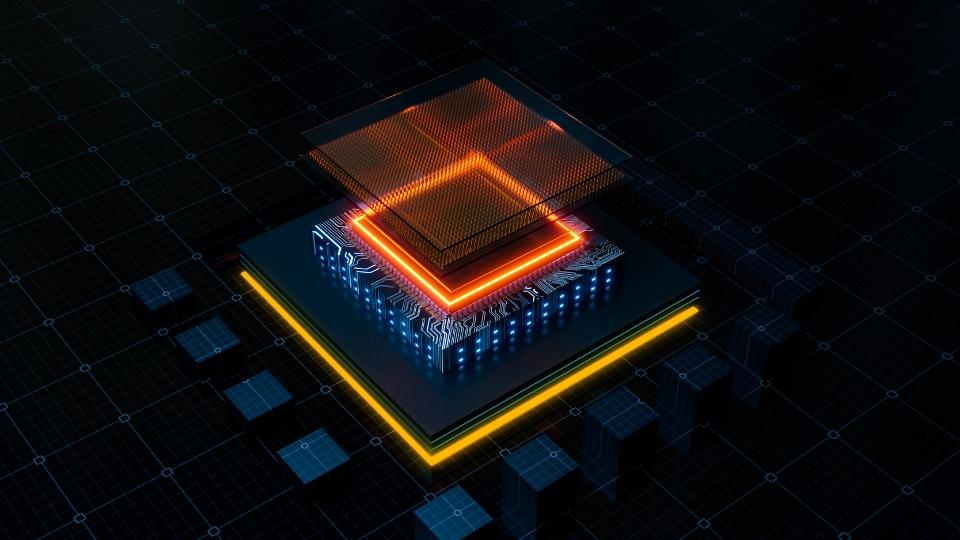Crownstone has a team of analog electronics experts that can help you out with your new challenge!
Crownstone Labs experts have a deep understanding of analog electronics. Whether there is a need for new development, redesign, or troubleshooting, we analyze the requirements and find possible solutions to any challenge that a company might face.








